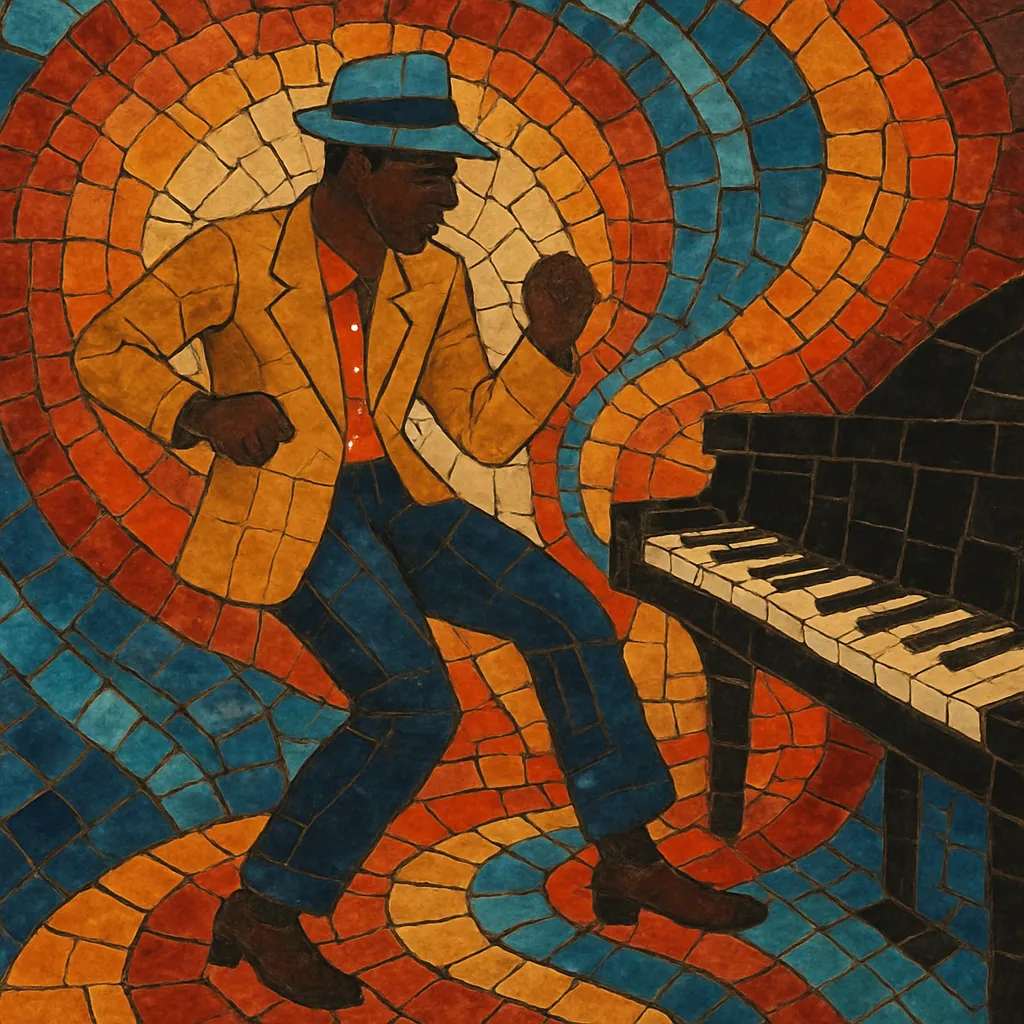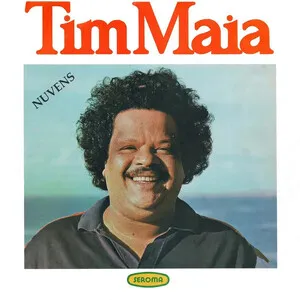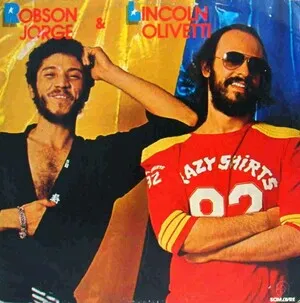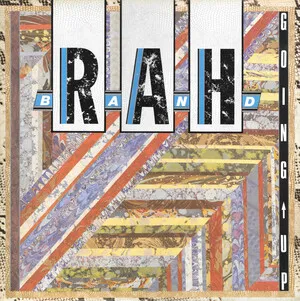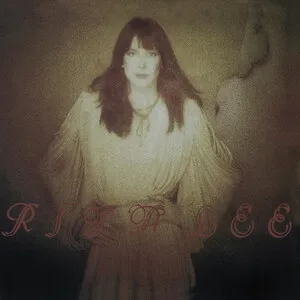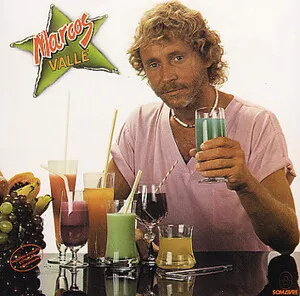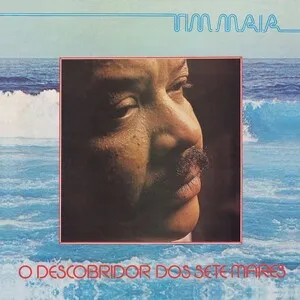Boogie (often called boogie-funk or post-disco) is a mid‑tempo, synth-forward strain of R&B that emerged as disco’s luminous sheen gave way to sleeker, funkier production.
It centers on rubbery basslines (often synth-bass), crisp handclaps and clattering drum-machine patterns, jazzy/modern-soul chord voicings, and hook-laden vocals that celebrate nightlife, romance, and empowerment.
Typically sitting around 100–115 BPM, boogie blends the rhythmic insistence of funk with disco’s dancefloor sensibility, replacing full orchestras with analog synths, electric pianos, and early drum machines for a glossy yet warm sound.
As disco reached commercial saturation in the late 1970s, musicians and producers in the United States—especially New York and Los Angeles—streamlined the dancefloor formula. They reduced orchestral excess, leaned on electric pianos and nascent drum machines, and emphasized syncopated bass and funk-derived grooves. This post-disco shift produced what DJs and collectors later labeled “boogie,” a term that appeared on some record sleeves and in club vernacular.
Early 1980s 12-inch singles cemented boogie’s identity: midtempo BPMs (roughly 100–115), tight rhythm guitars, slap or synth basslines, handclaps, and bright, soulful leads with stacked harmonies. Producers such as Kashif and studios embracing the LM‑1, TR‑808, Prophet‑5, Minimoog, and Rhodes helped define its velvety punch. Labels and studio collectives tied to New York’s club circuit (e.g., West End, Prelude) became hubs for the style.
Boogie also flourished in the UK, where rare groove DJs, jazz-funk bands, and soul clubs embraced the sound. Acts like Imagination and Brit‑funk outfits absorbed the aesthetics, feeding a transatlantic exchange that reinforced boogie’s sonic palette and dancefloor popularity.
By the mid‑1980s, boogie’s DNA flowed into electro, freestyle, early house, and later new jack swing. While the term waned as marketing vocabulary, the music persisted in clubs and crates. From the 2000s onward, reissue labels, DJs, and online communities sparked renewed interest, while modern producers channeled boogie into nu‑disco, city pop revivals, future funk, and contemporary R&B, confirming its lasting blueprint for sleek, groove‑first dance music.

